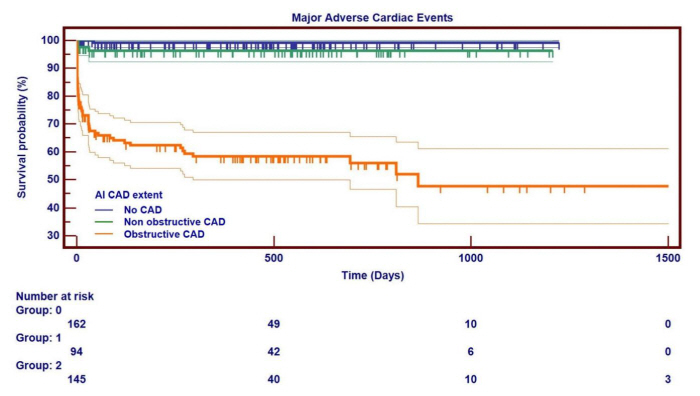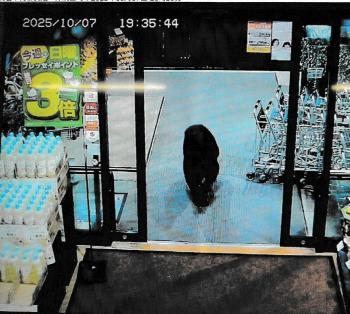Deep learning predicts prognosis beyond diagnosis of coronary artery disease...Patients with severe stenosis are 65 times more likely to have heart disease in the future
May 19, 2025
|
Professor Huh Jin of the Department of Radiology at Severance Hospital announced on the 19th that he developed a deep learning model for coronary artery disease diagnosis and prognosis prediction with Professor Jinyoung Kim of the Department of Radiology at Dongsan Hospital at Keimyung University and a research team at Pantomics, a medical imaging artificial intelligence company, and confirmed the possibility of applying it to actual clinical practice.
The results of the study were published in the international journal `Radiology: Artificial Intelligence (IF 8.1).'
For patients visiting the emergency room due to acute chest pain, it is important to evaluate the possibility of heart disease in the future, along with a quick and accurate diagnosis of coronary artery disease. CT angiography is being performed to evaluate these diagnoses and risks, but there is a limitation that it takes a long time for results to be read and the interpretation may vary depending on the reader.
The research team developed a model that automatically reads coronary stenosis using artificial intelligence deep learning technology and classifies it into three groups: normal, non-obstructive (less than 50% stenosis) and occluded (more than 50% stenosis) according to the degree of stenosis, and examined its accuracy.
The deep learning model visited emergency rooms at three university hospitals from 2018 to 2022 and learned data from 408 patients who underwent CT angiography. In addition, the YOLO architecture has been used to speed up the detection of vascular stenosis. The YOLO architecture has the advantage of high data processing speed because it simultaneously performs object positioning and classification of types.
To verify the validity of the deep learning model, cardiac event occurrence in all patients was followed up for an average of 2 years and 6 months. 15% of the patients were hospitalized and died due to myocardial infarction and unstable angina. In particular, the incidence of the occluded patient group was 38.8%, which was significantly higher than that of the normal group (0.6%) and the non-obstructive group (3.2%).
When considering the risk of future heart disease, it was also found that the degree of occlusion analyzed by deep learning is the most effective indicator compared to existing risk factors such as hyperlipidemia or troponin-T, a heart enzyme level. In addition, if deep learning added coronary occlusion to existing risk factors to analyze the risk of future heart disease, the risk discrimination power improved by 14% compared to the existing risk factors (80% discrimination power).
Professor Huh Jin suggested that this study could apply a deep learning model to predict patient prognosis beyond simply determining the presence or absence of coronary artery disease in emergency rooms where rapid diagnosis and treatment decisions are important"We have identified that artificial intelligence technology can extend beyond mere diagnostic aids to clinical decision support tools"
|
This article was translated by Naver AI translator.















